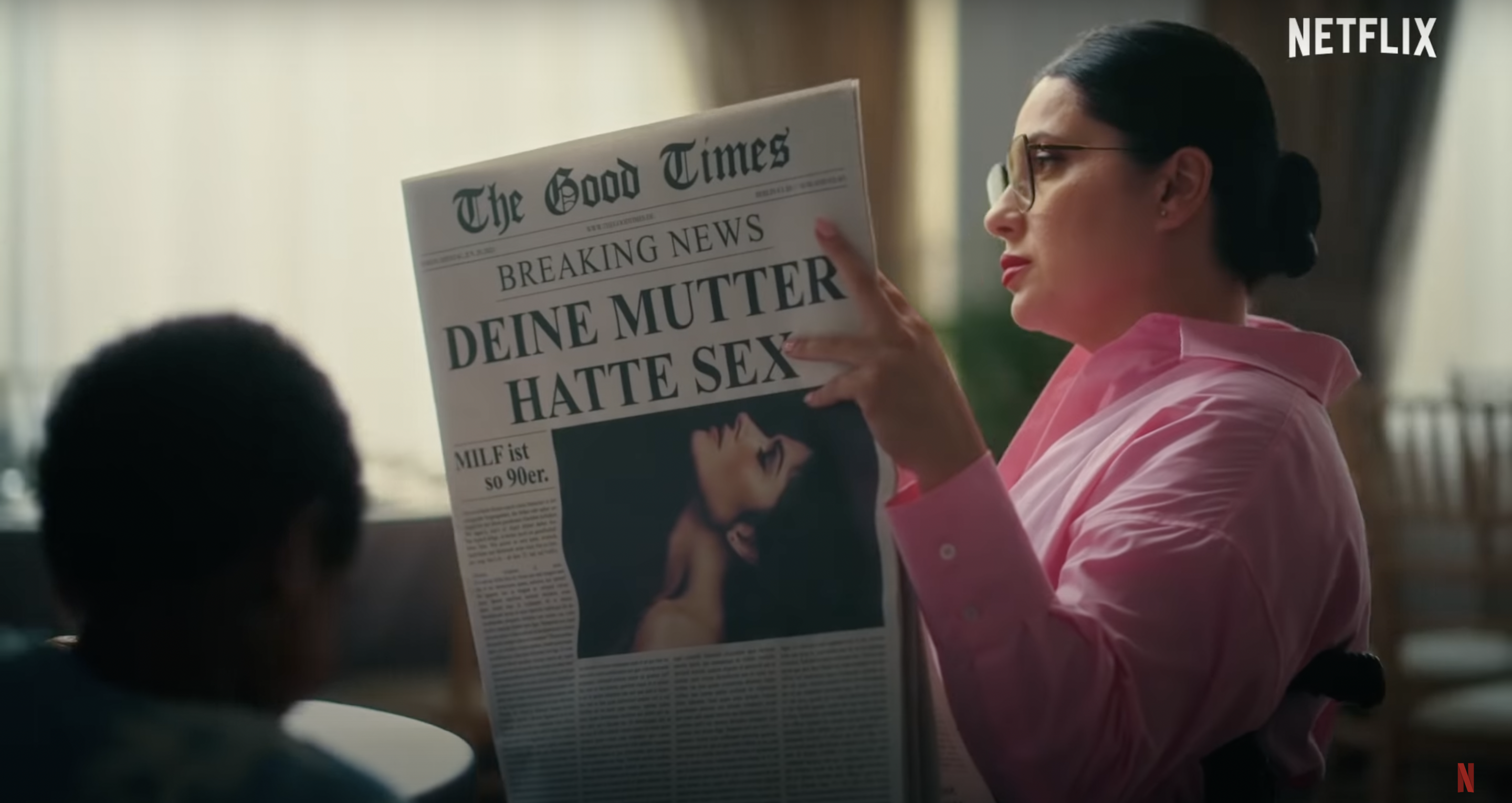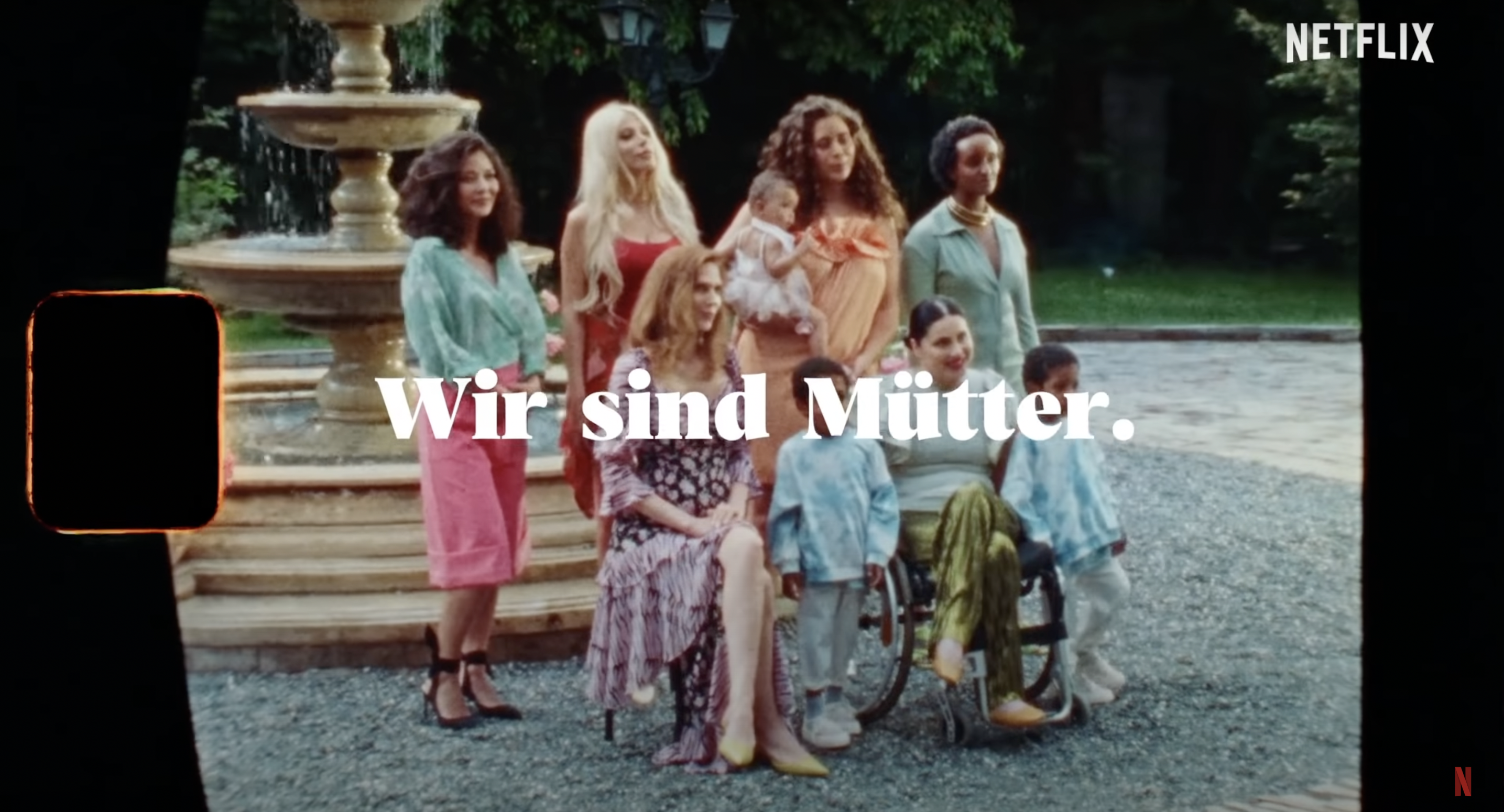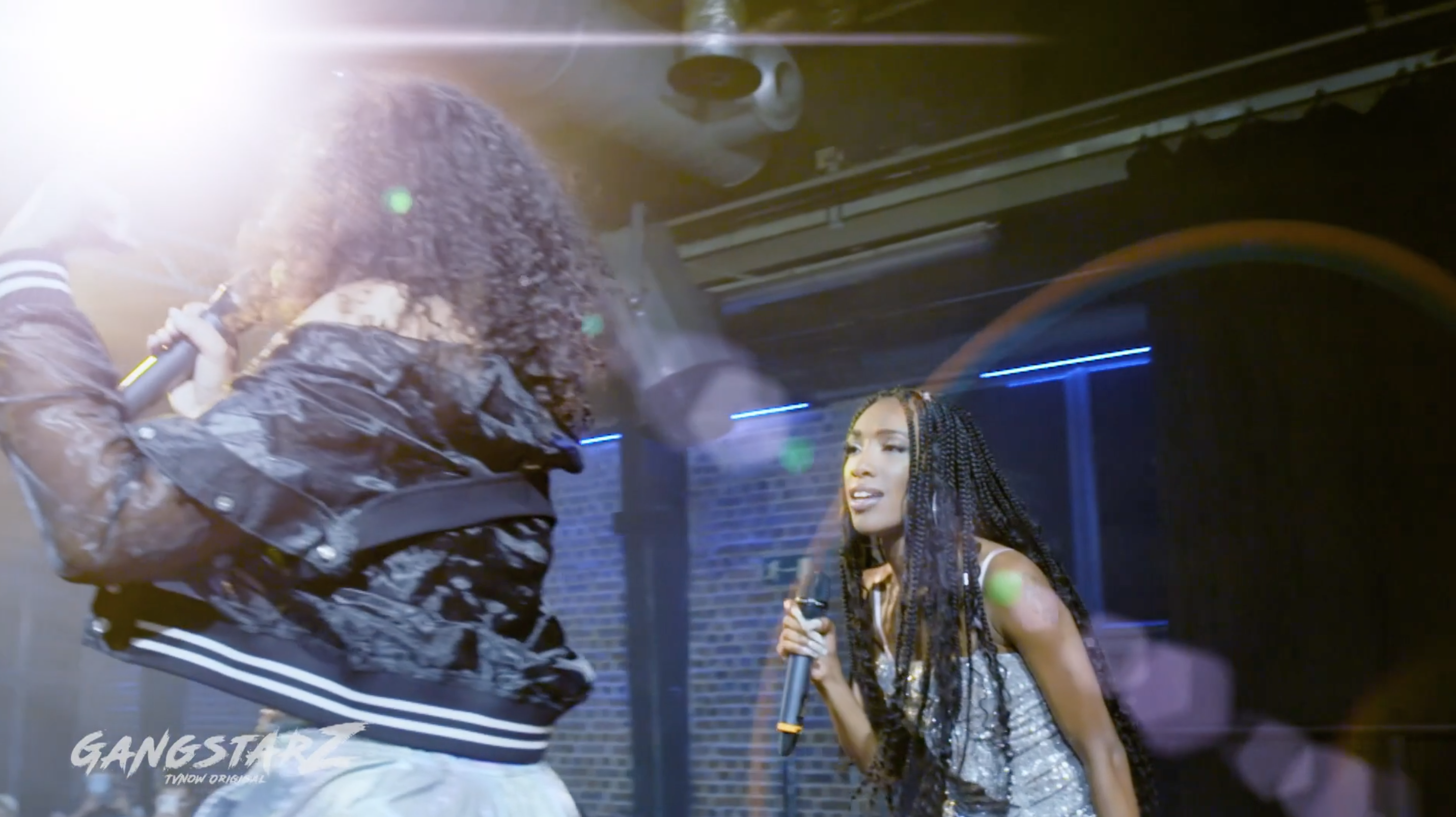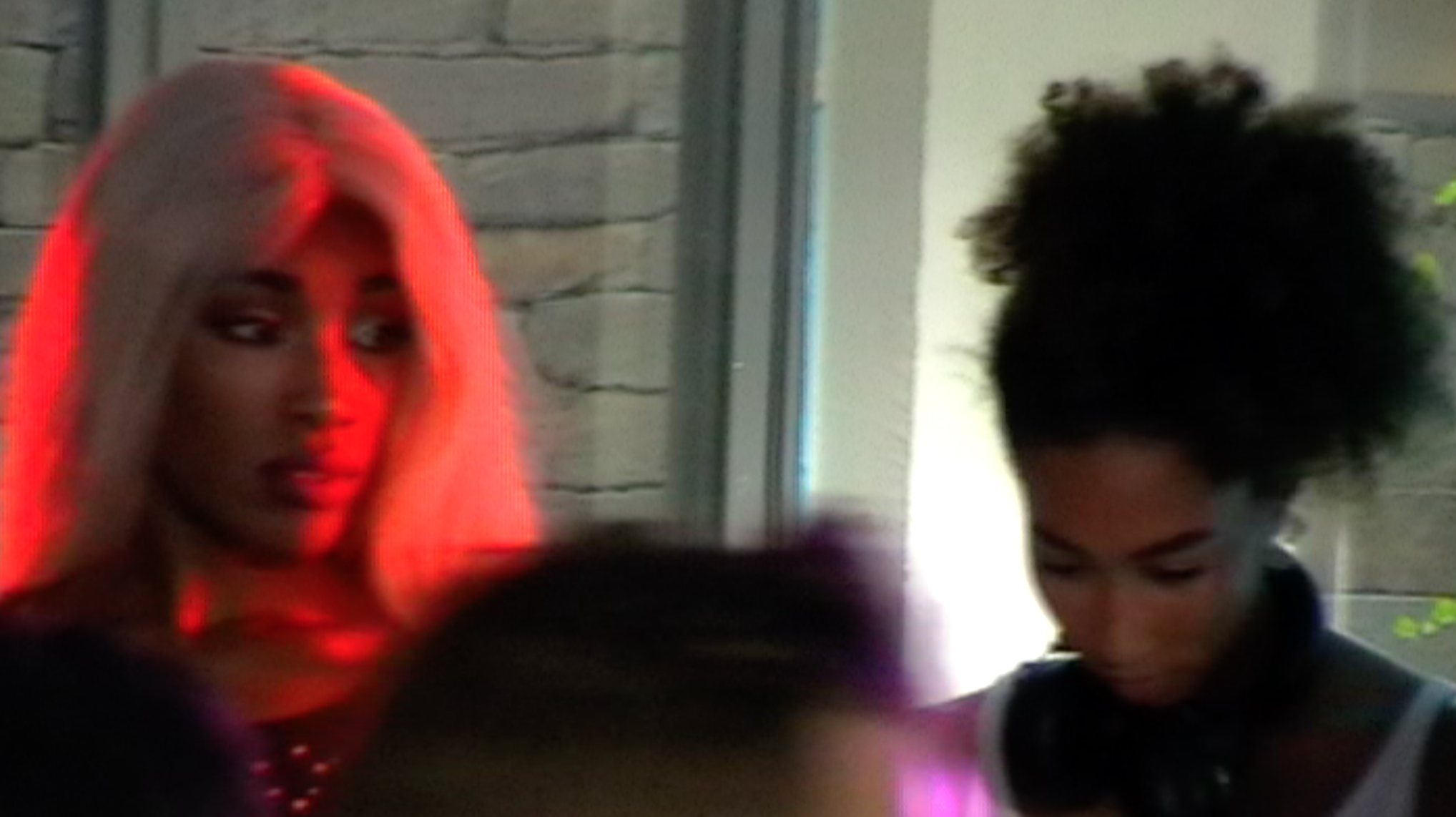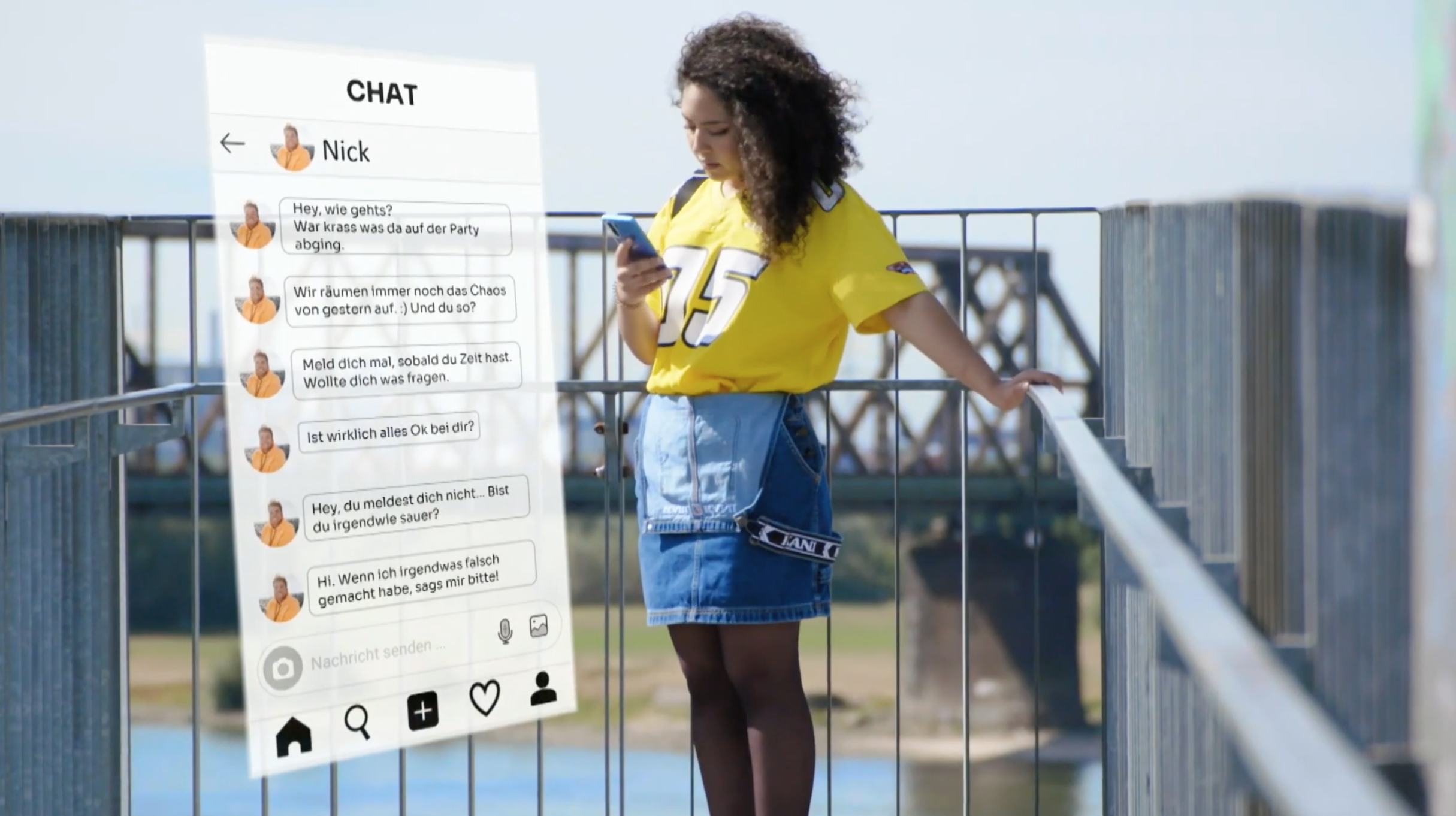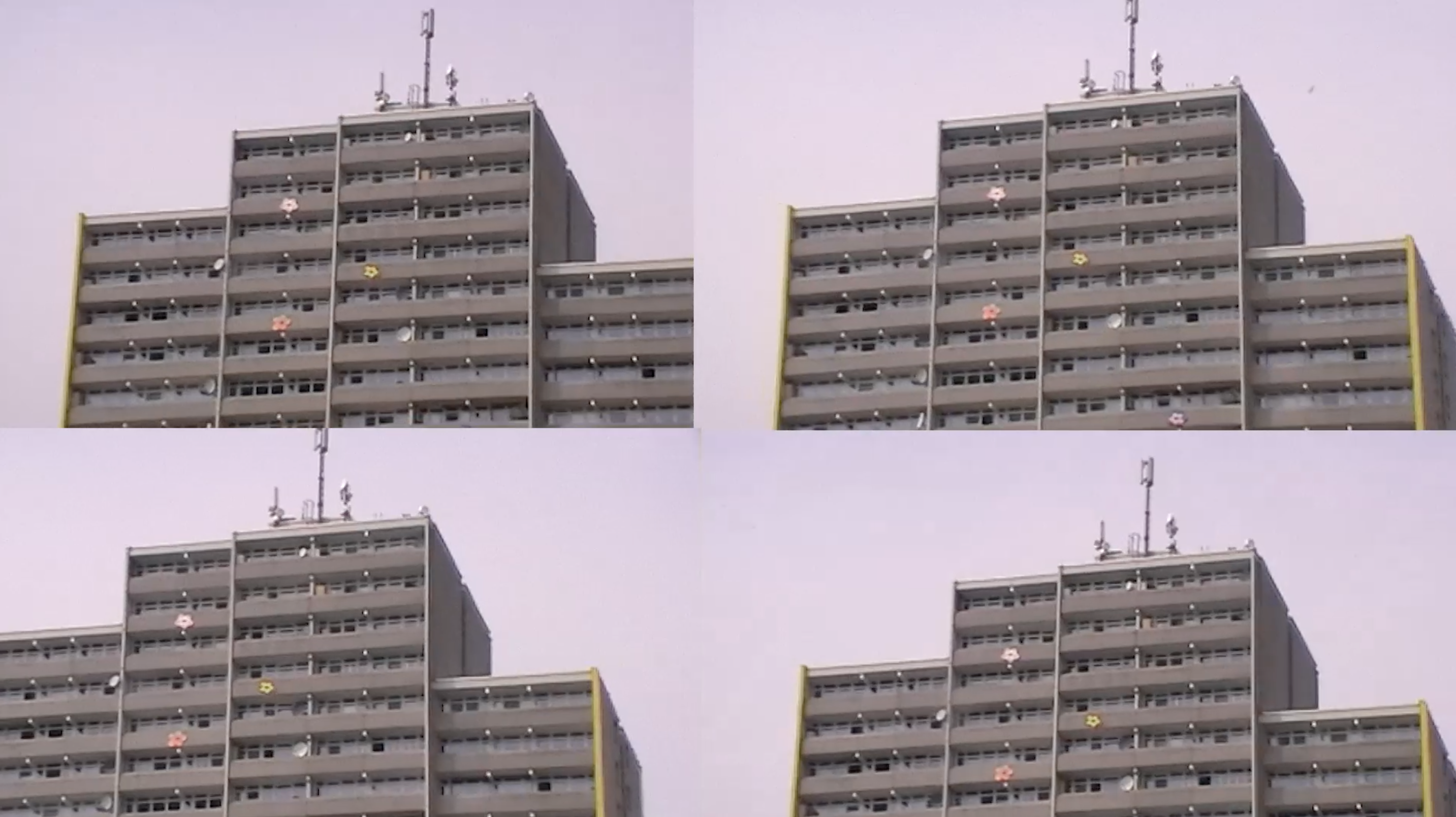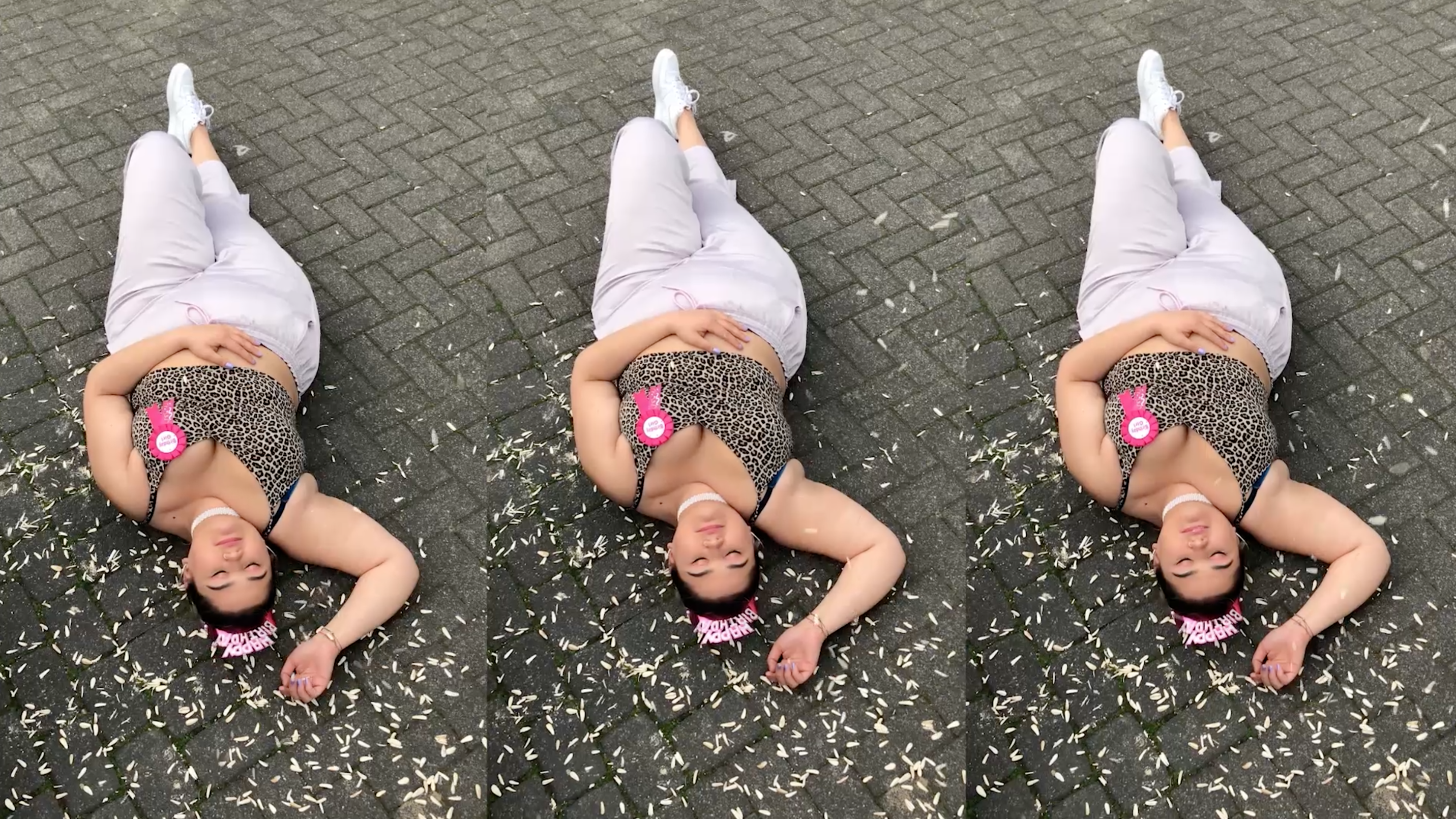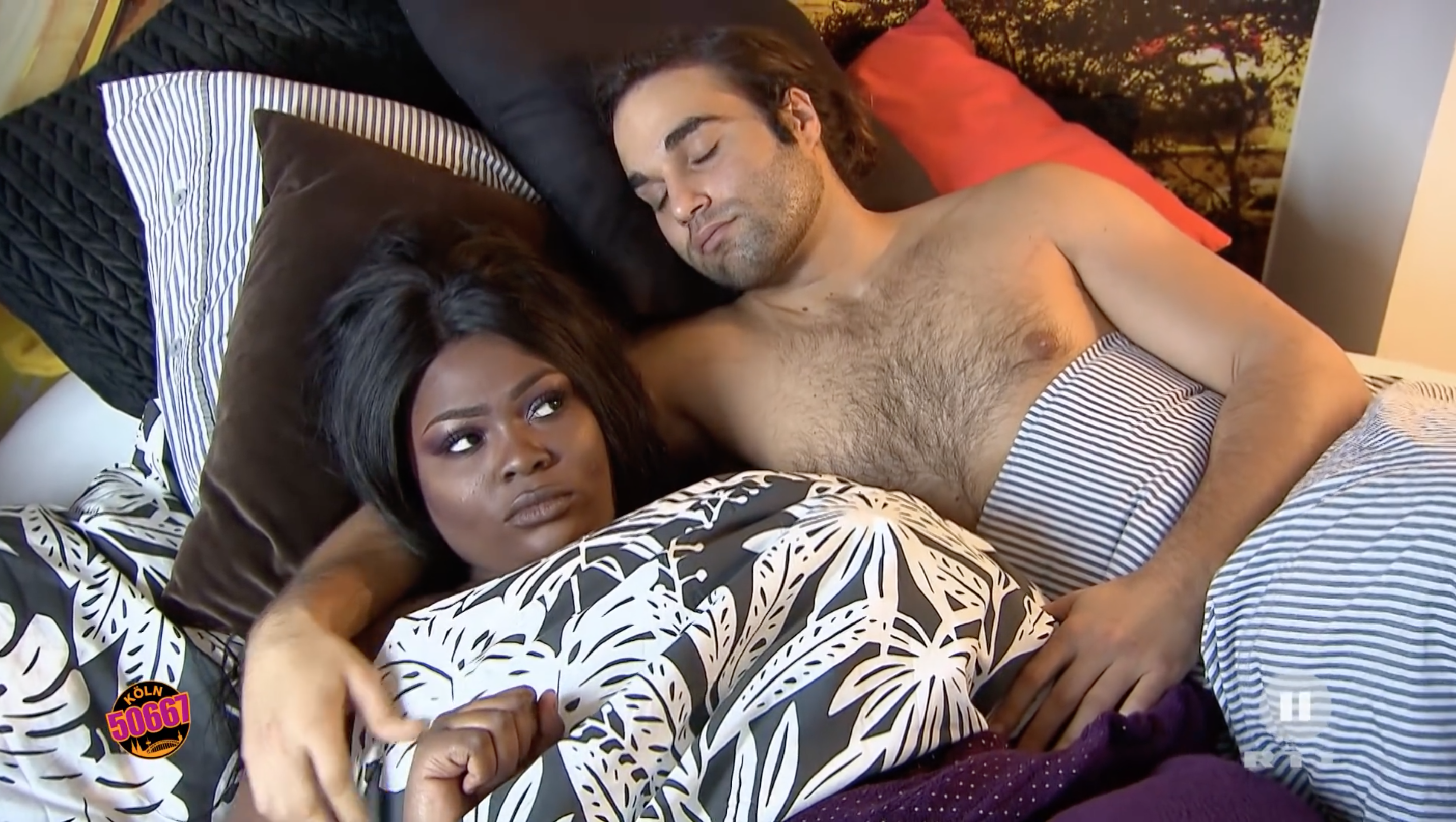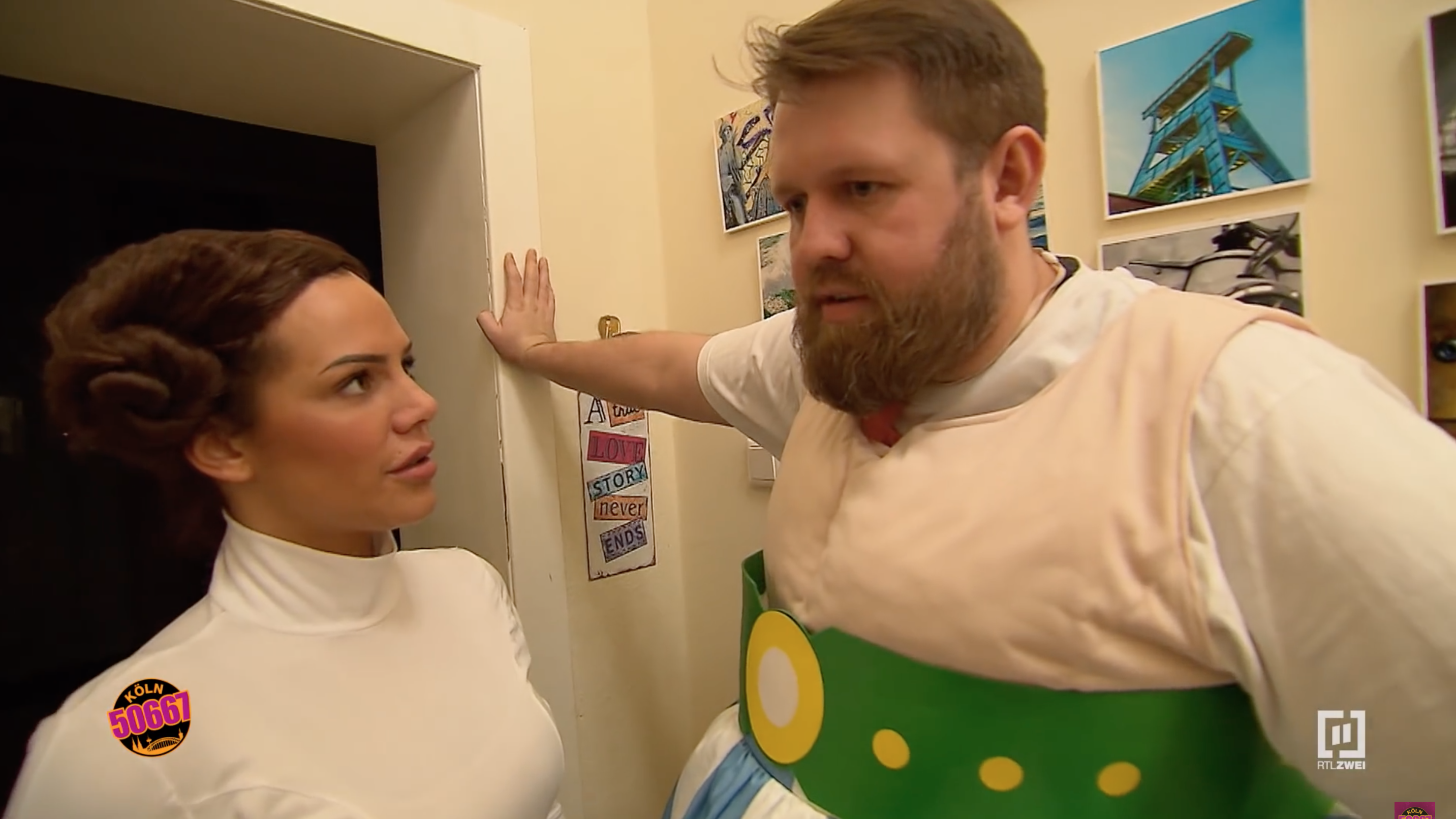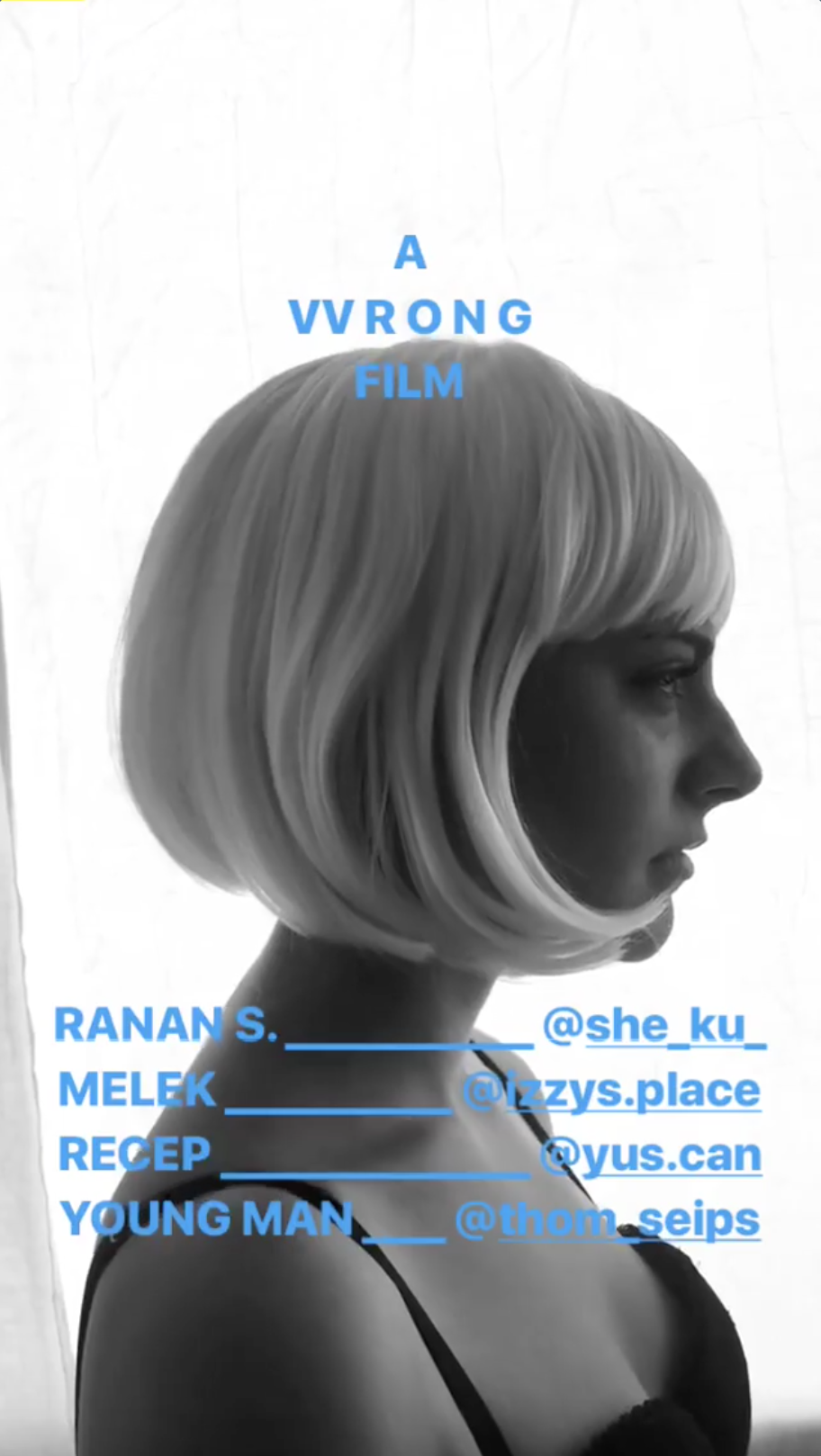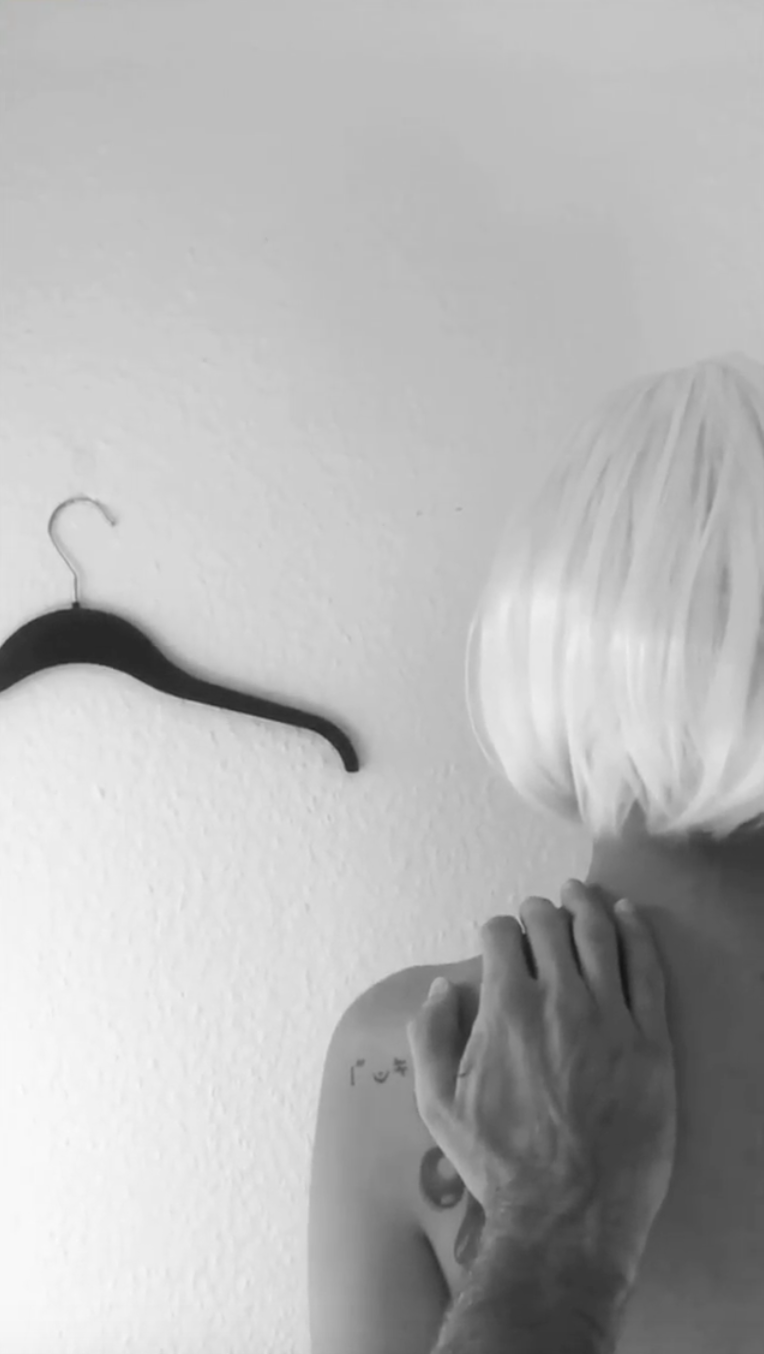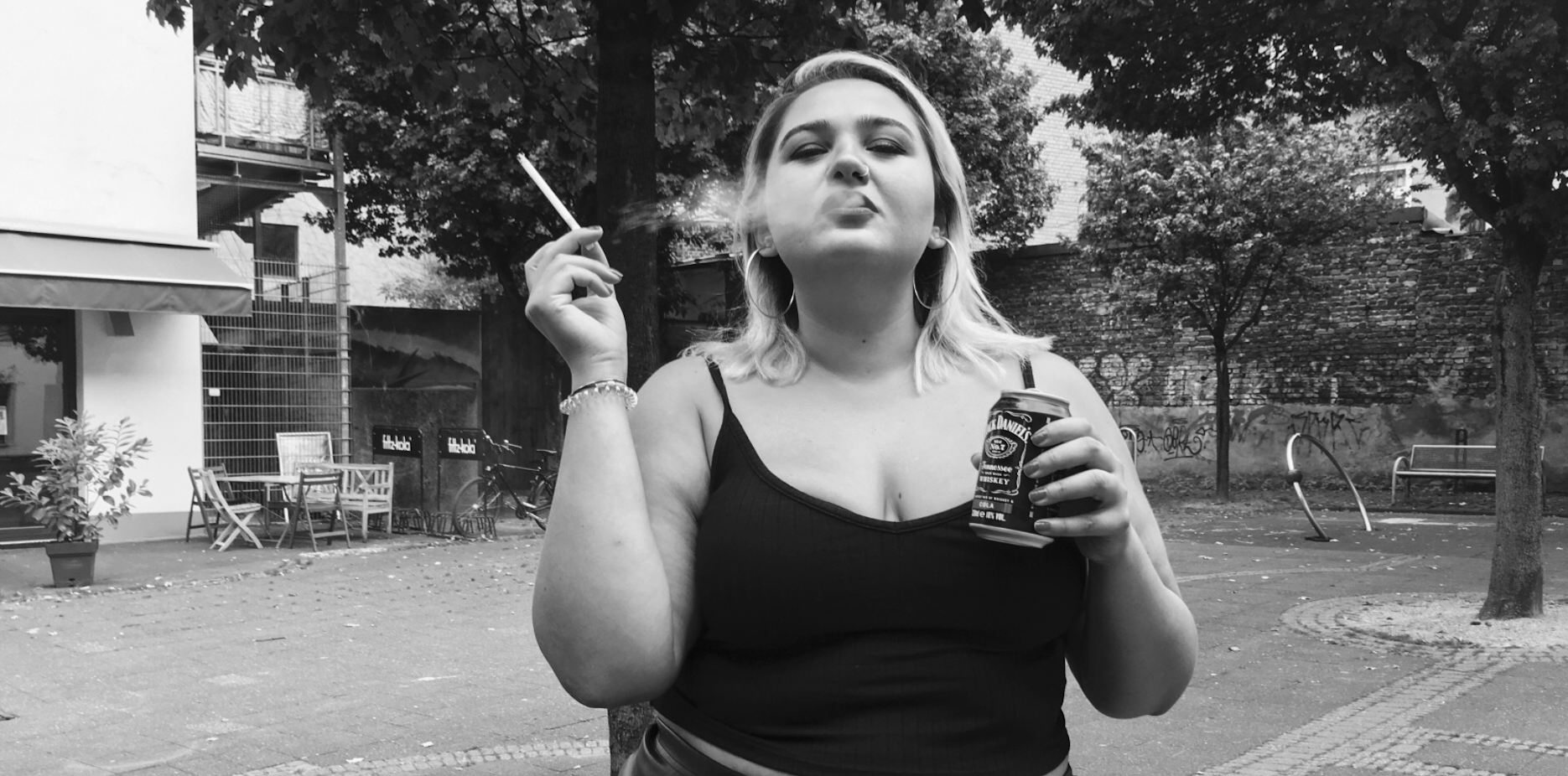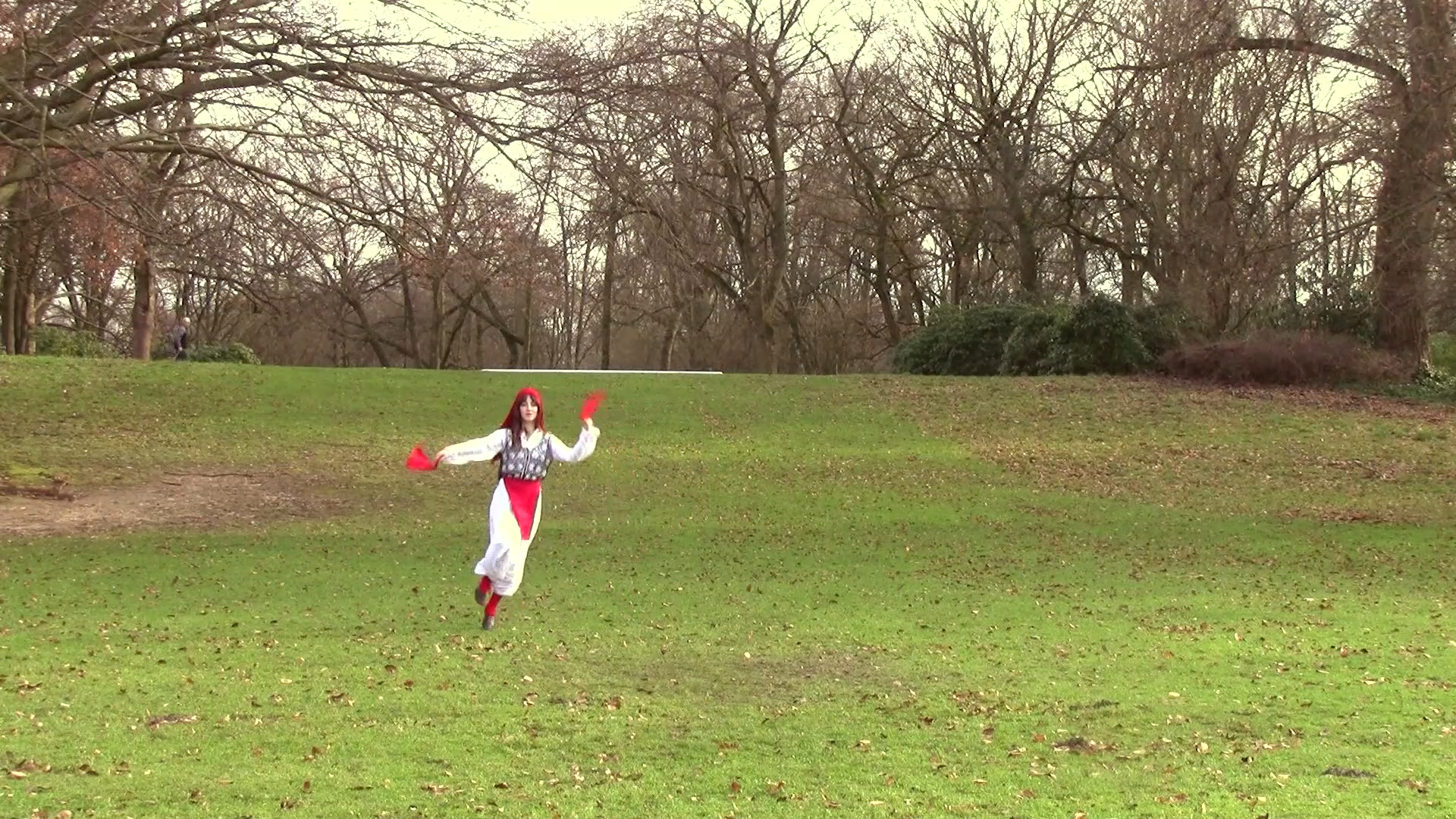is a screen/writer & director.
keine zukunft ohne marx ☭
Series
DOPPELAPFEL
Adult Animation Sitcom | 22’ WDR/Cosmo/Anna Blume entertainment
2025

In a world torn apart by ecological collapse and fascist rule, a group of friends are navigating deadly creatures and oppressive new powers in a desperate bid for... belonging.
Series
SAFE:SPACE
Dark comedy | 6 x 45’WDR/NDR/filmfaust
2022-2024

A Horror Comedy about a women's shelter where a new life begins for some women, and ends for many men.
SAFE:SPACE was awarded for
Macht Serie! by WDR & NDR.
Macht Serie! by WDR & NDR.
Essay/Talk
FREAKS, MONSTERS & VILLIANS - WHO’S AFRAID OF THE UGLY?
FINAL GIRLS FILMFEST BERLIN2022
Gross Encounters2024
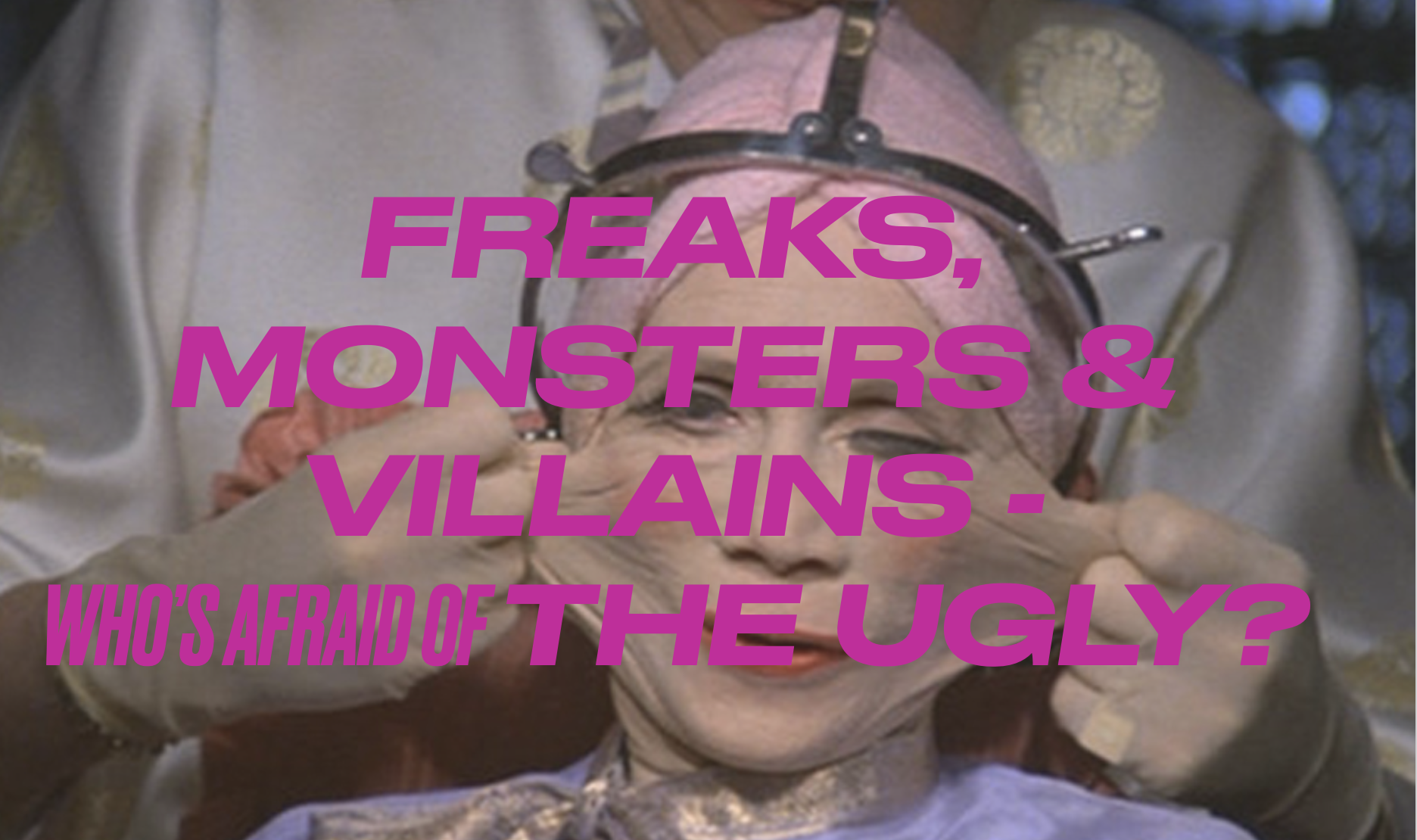
But what is it that we consider to be ugly? What attributes do we assign to ugliness? Whether consciously or not, many horror films support questionable notions of beauty as, for instance, racist and sexist stereotypes are reproduced and reinforced by forming the horror monsters’ physicality on noticeably discriminatory images. Further, the beautiful and the good are set up as binary opposites of the ugly and the evil.
This essay explores how ‘the ugly’ is represented in the horror genre by applying an intersectional feminist perspective. It examines how sexism, racism, ableism, and classism still provide continuities within the idea of the ugly and, thus, in the horror genre itself.
Can ‘the ugly’ exist without discriminatory reproductions? And can there be horror without ugliness?
Helicopter moms. Ravenous mothers. Breastfeeding in public. After-baby bodies. Muddis. Cougars. "MILFS." Everyone's talking about moms. But who actually listens to mothers? In the #MamaKommtGleich campaign, together with AMORELIE, we put an end to the double standards and show what mothers are really like: Mothers with desire. And without. Mothers with fantasies. And problems. Moms with bodies that are just the way they are. Mothers with stories. Wishes. Secrets. Mothers with needs. Like Billie in the series SEX/LIFE. Because no one decides how mothers should be - except mothers themselves. So that every mom knows: The perfect mother, that's you. In the talk show FIVE SOULS, hosts Hadnet Tesfai, Tasha Kimberly and Thelma Buabeng talk with two guests about love, sex, interpersonal relationships, celebrities and pop culture.
GANGSTARZ is about 16-year-old Samira, who dreams of a life as a successful musician - far away from the bleak record. She has never met her father, her mother is an alcoholic and her brother is about to end up in child care. While Samira constantly faces new problems at home, she finds support in her music and her clique. The Uncanny as an aesthetic experience has been little researched in the field of visual studies. Many cultural-theoretical arguments are based on a psychoanalytic definition of the term by Sigmund Freud, who in his essay of the same name from 1919 describes the Unheimlich - derived from German etymology - as a specifically spatial experience, namely as a topological shift from the familiar to the unfamiliar, from heimlich to unheimlich.
In this context, the german term Unheimlich not only refers etymologically to the home. The home or house also forms a topology of the Uncanny. In the arts, especially in the horror film or Haunted house genre, the house is at the center of the narrative and is successively transformed into a space of fear through both architectural and cinematic means. In the Haunted house genre, the house not only functions as a setting for uncanny phenomena, but also, as the cultural scientist Johannes Binotto writes, becomes a crime scene in the strictest sense of the word: as a place in which the crime is already inscribed1.
1 Binotto, Johannes: Tat/Ort. Das Unheimliche und sein Raum in der Kultur. Berlin, 2013After everything at home is turned upside down and her dreams and longings turn out to be unattainable, Ezgi has to make a decision that will forever determine her future. A story about the struggle for freedom and sovereignty in the precariat class. A group of friends trying to defend love and friendship in an environment of intrigues and economic obstacles. Cinematic vignettes published in a social media platform. An attempt to establish mobile democratic cinema in Germany, to provide new impetus for young filmmakers and to explore the limits of the medium (Instagram-)Story. Based on the original movie "Vivre sa vie" by filmmaker Jean-Luc Godard, the nouvelle vague storytelling offered a template for an aesthetic experiment as the short clips and the "zapping" function of Instagram Story are technically equivalent to the nouvelle vague aestehetic. Historical and personal found footage embedded in short sequences of the albanian dance Shota. The essay film contains archive material of the Kosova War, from current riots in the city of Mitrovica, which is spatially divided by the bridge and socially divided to the Serbs, the EU Commission EULEX, the criticized prime minister of Kosova Hashim Thaçi as well as recordings of the partisan fighter Shote Galica, after whom the Shota dance is named and who fought with the Rilindja guerrillas at the beginning of the 20th century - although women were forbidden to take part in combat - and thus participated in Albania's declaration of independence in 1912.
“DENNOCH
Illustration
VAKT O VAKT
Mixed Media 2014
Essay
PROLETKULT
Filmcritic 2008-2013

Inspired by the revolutionary proletkult movement, the blog was an attempt to open an intellectual film discourse to a wider public, a negotiation of a so-called “Filmkanon”.
